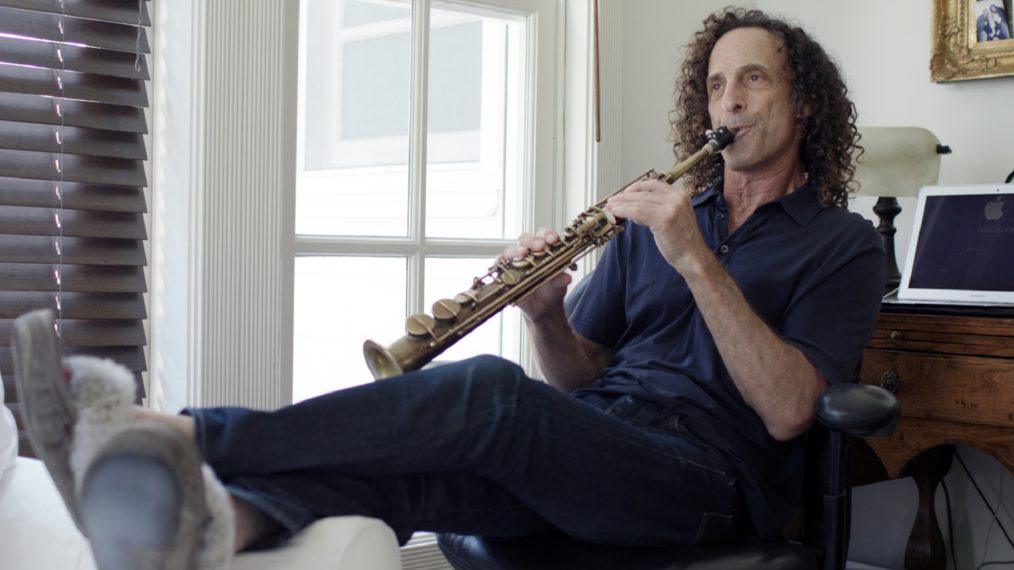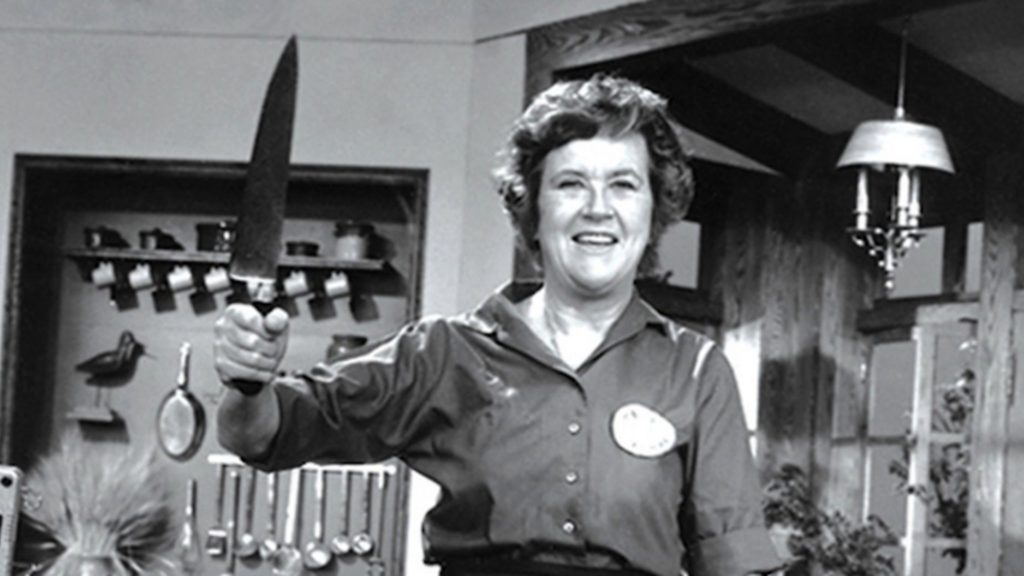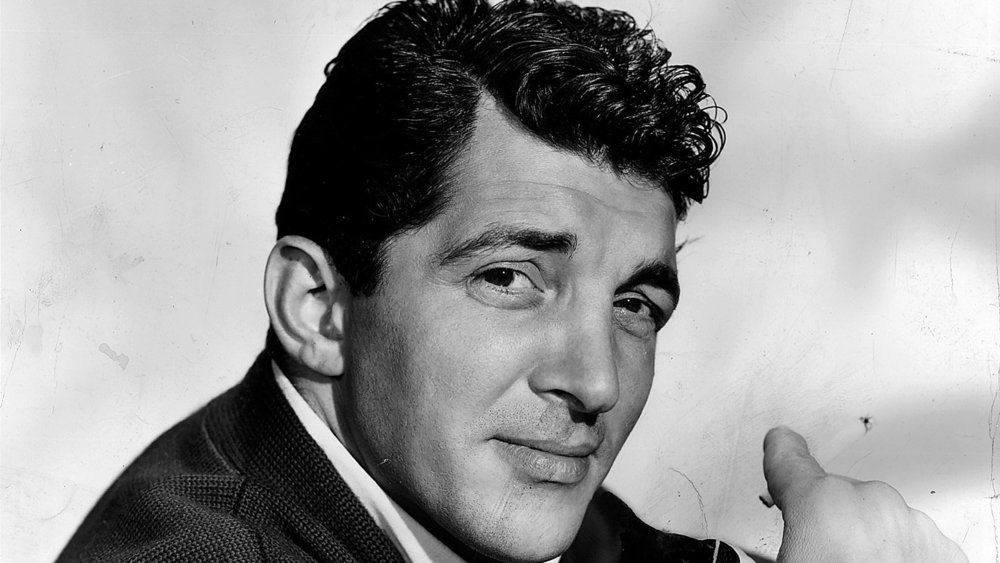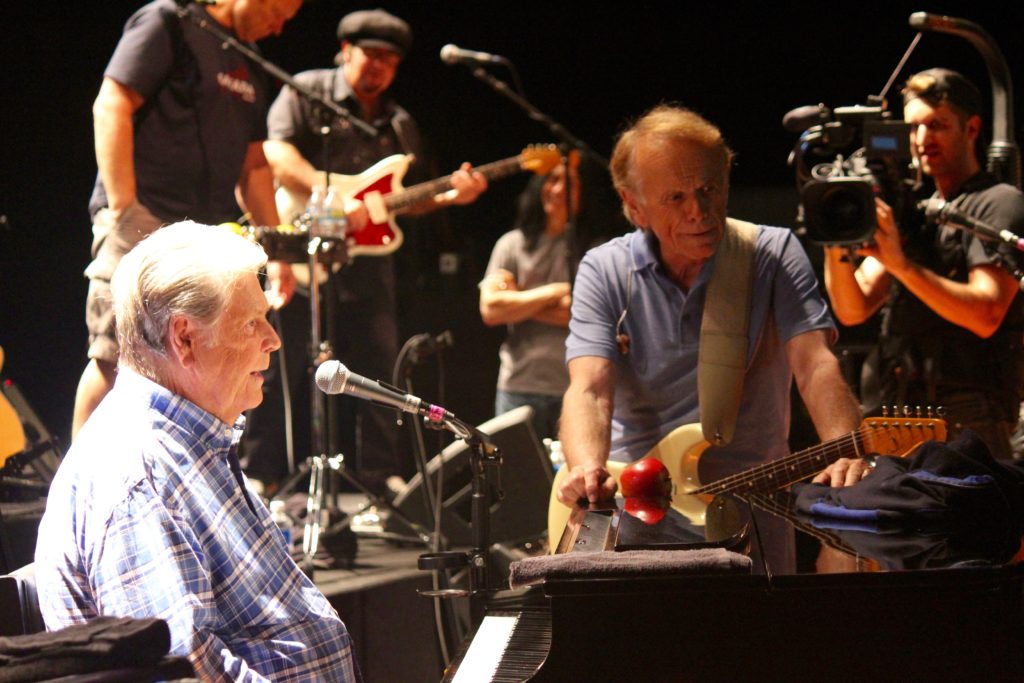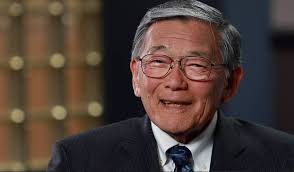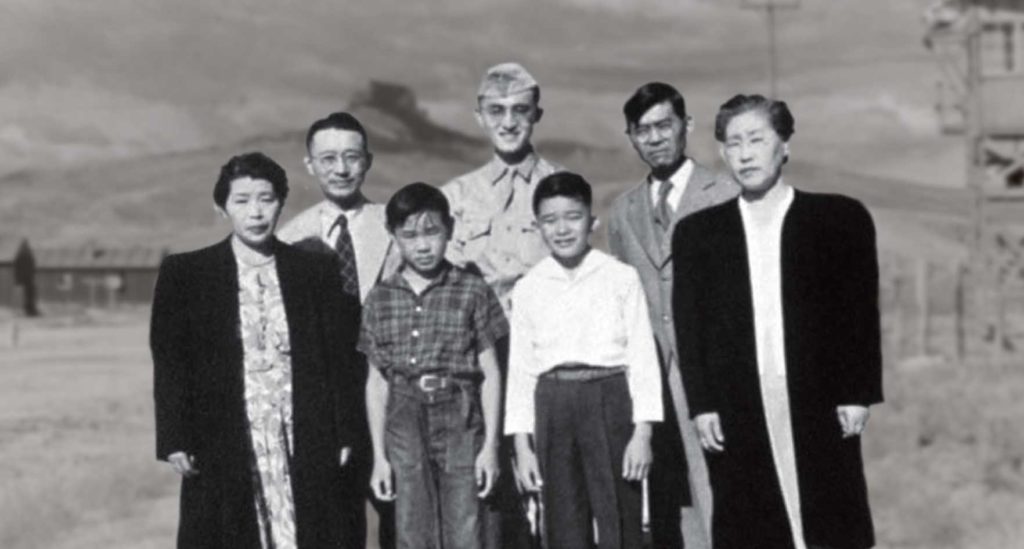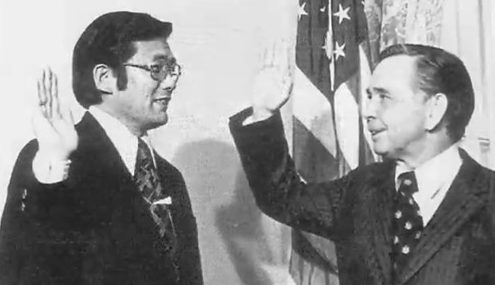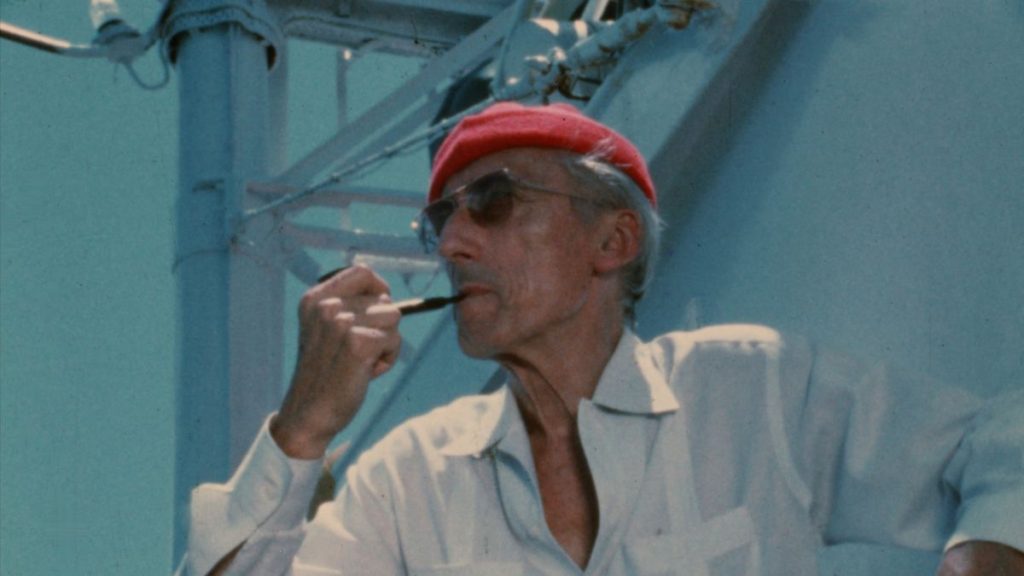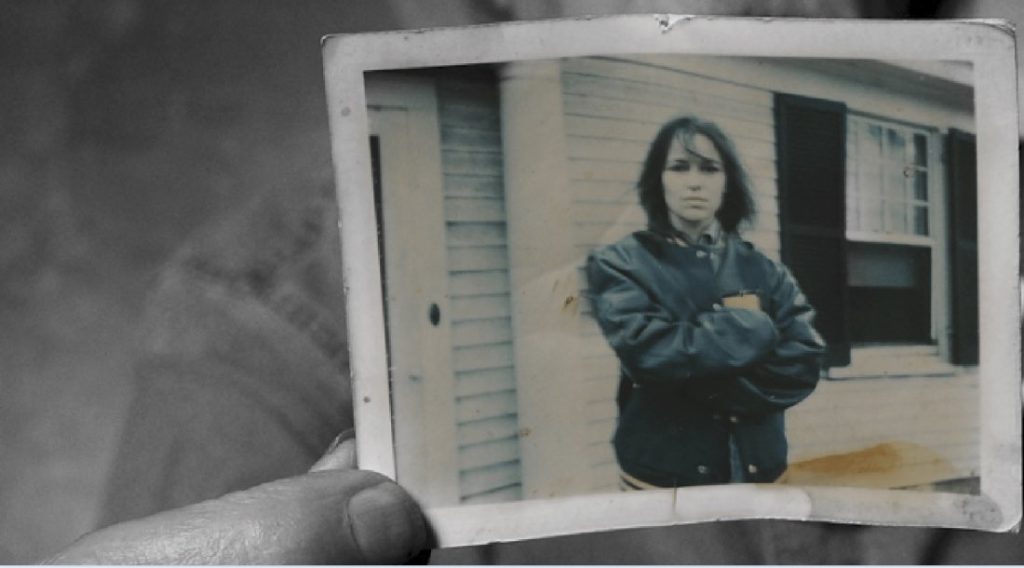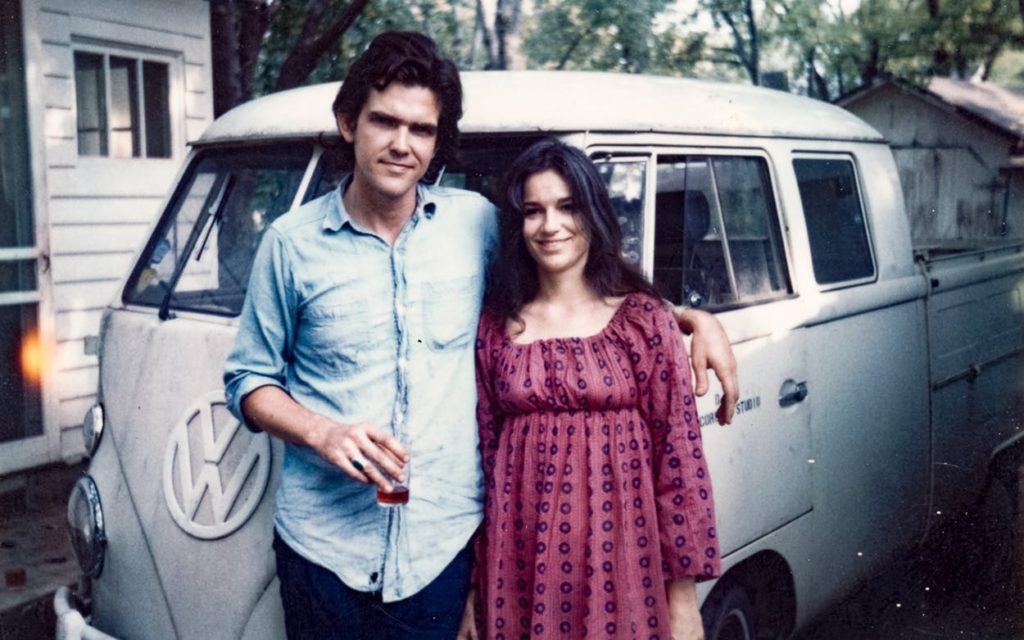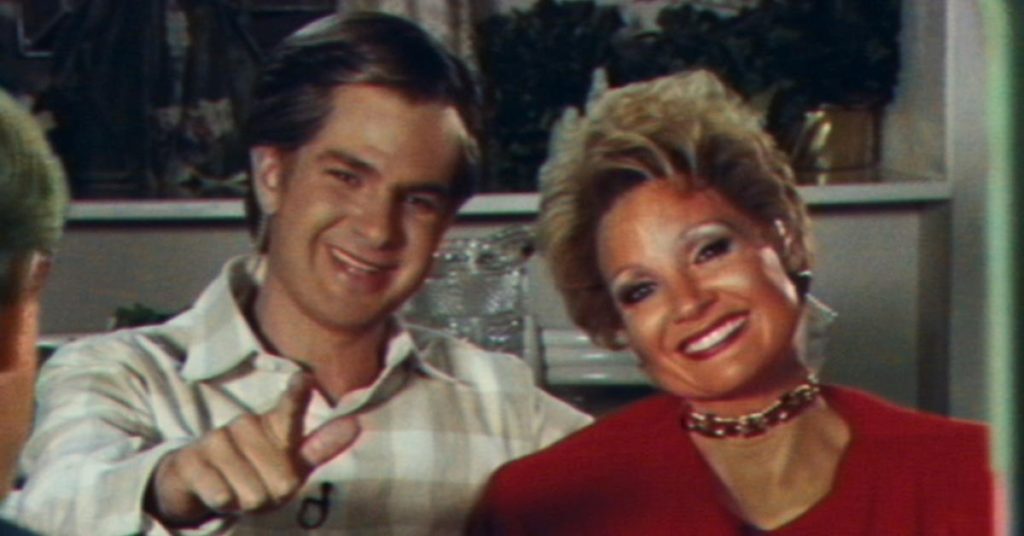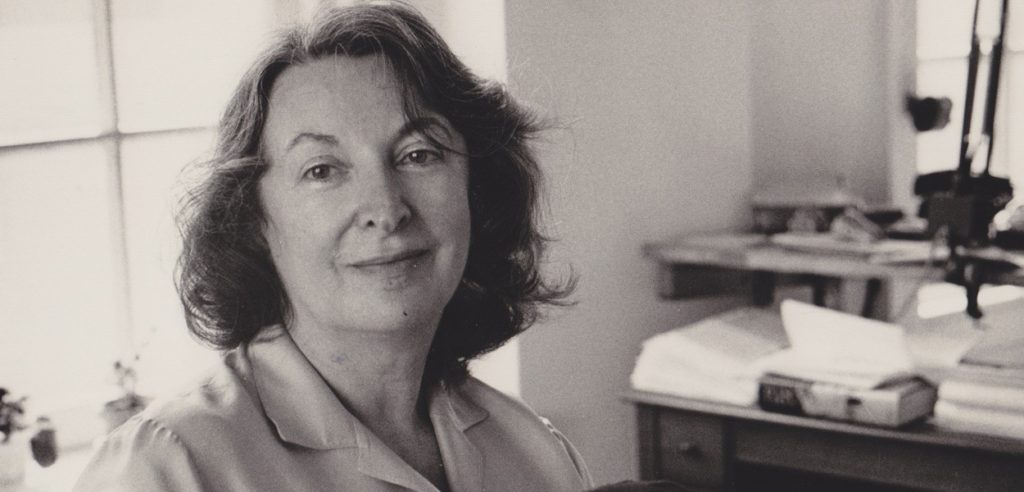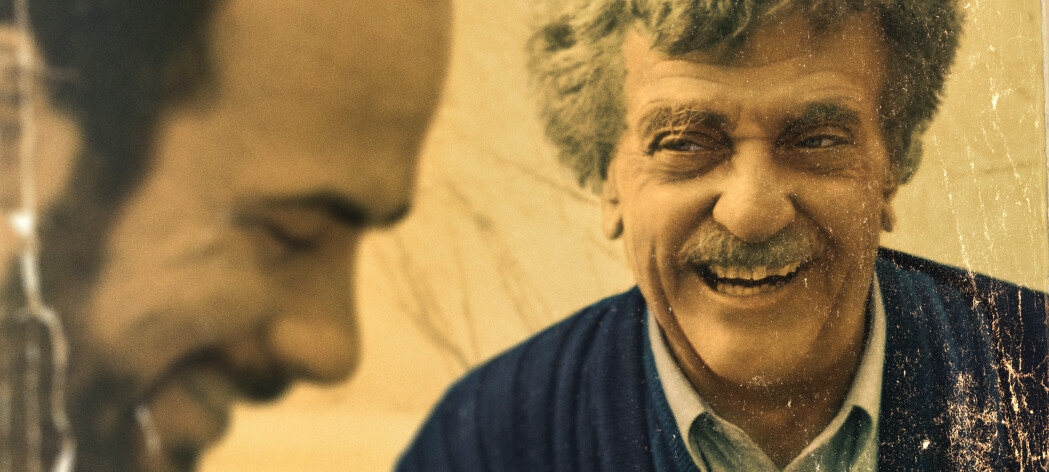
Kurt Vonnegut: Unstuck in Time is an uncommonly rich biodoc of the social critic/humorist/philosopher Kurt Vonnegut. Most importantly, there’s a heavy dose of Vonnegut himself, which is very entertaining because Vonnegut was so damn funny.
All of the Vonnegut is because filmmaker Robert Weide, early in his career, began to make this documentary of his literary hero, with Vonnegut’s participation. The film had to be paused and restarted several times, mostly due to the usual indie film obstacle of funding. Finally, Weide became very successful as the producer and director of Larry David’s Curb Your Enthusiasm and didn’t have the time to finish. As a result, Weide collected hours of filmed interviews with Vonnegut in different decades.
Over the years, Weide and Vonnegut developed a personal friendship that facilitated even more access and allowed Vonnegut to be even more forthcoming.. Weide filmed Vonnegut in visits to the homes in which he had pivotal experiences (including the one where he found his mother after her suicide on Mother’s Day).
In Unstuck in Time, Weide adds lots of file footage and interviews with all of Vonnegut’s kids (he sired three and raised his sister’s four sons).
(Incidentally, Vonnegut’s hometown is Indianapolis, which has embraced him posthumously to the extent there is a multi-story Vonnegut mural in downtown Indy.)
Vonnegut’s anti-war attitude came out of his especially horrific experiences in WWII, and he had his share of peacetime family tragedies. But I need to emphasize that Unstuck in Time is anything but grim because of Vonnegut’s humor. Kurt Vonnegut: Unstuck in Time is in some art house theaters and streaming on Amazon and AppleTV.

